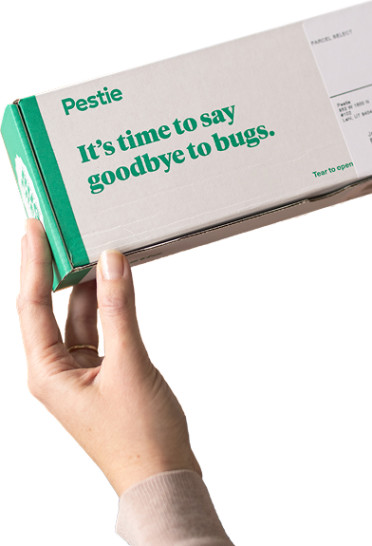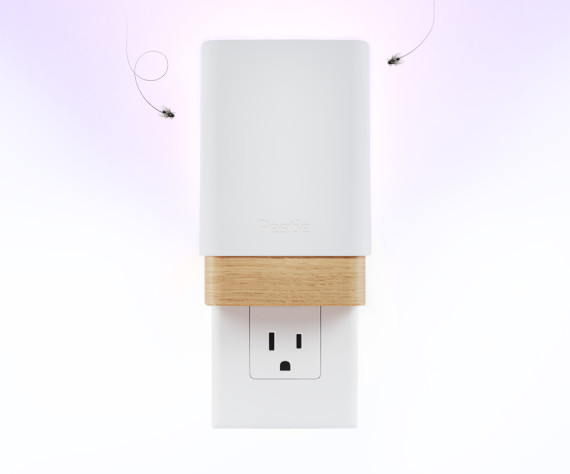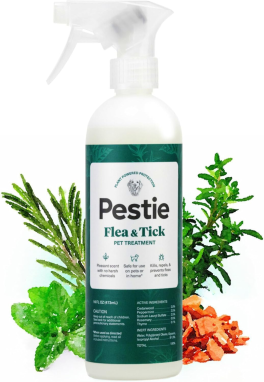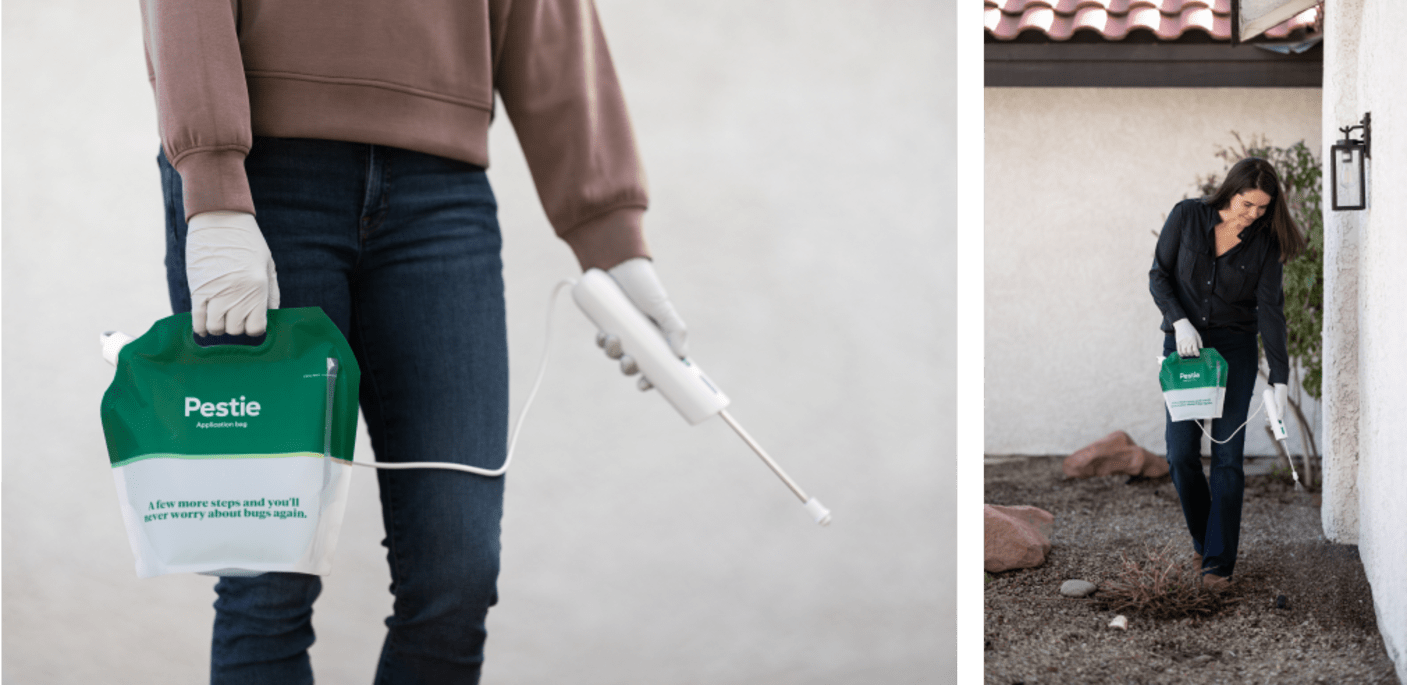How to identify and get rid of fall webworms
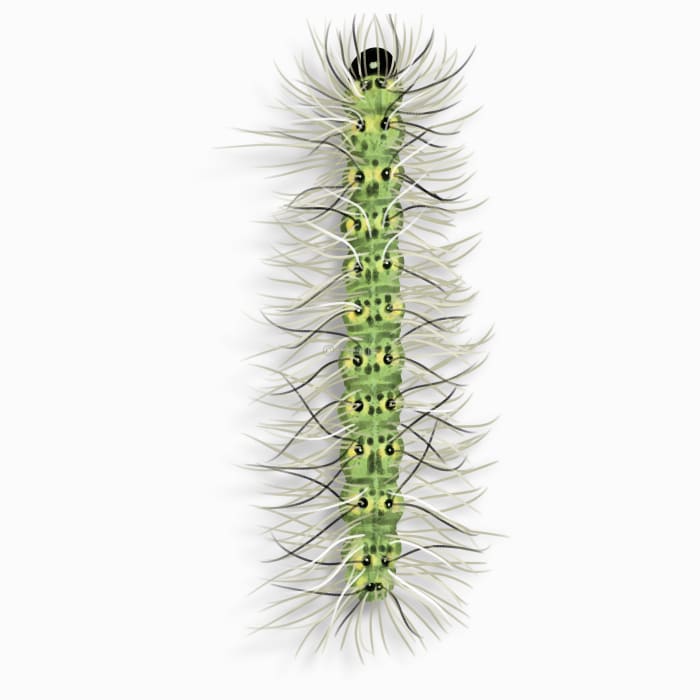
A web of worries: dealing with fall webworms in your trees
If you’ve ever noticed large, silken webs littering the branches of your trees in late summer, you’ve probably seen the work of fall webworms. These pests might look alarming with their early Halloween decorations, but they’re more of a nuisance to your trees than a danger to you. Fall webworms have a relatively short life span, but during that time, they can cause significant defoliation of your trees, leaving you with a mess to clean up.
Fall webworms start their lives as eggs laid by adult moths on the leaves of your trees. Once they hatch, the larvae begin feeding and creating their characteristic webs, where they’ll continue to feed and grow. The webbing protects them from predators and often dozens and dozens of caterpillars will feed together in a group inside that webbing.
How to identify fall webworms
Fall webworm caterpillars are best known for their hairy bodies. While the larvae change color as they grow and shed their skin, they often have yellow spots on their back and two pale stripes running down their body.
You will notice these caterpillars in your trees because of their silken webbing and they tend to congregate together as they feed.
You’re most likely to notice them in late summer or early fall when the caterpillars are actively feeding. The presence of these webs, along with the skeletonized leaves they leave behind, is a clear sign of an infestation.
How big are fall webworms?
The caterpillars can grow up to 1 inch long.
Where do fall webworms live?
Fall webworms are found throughout the United States, mostly in the eastern states and parts of the Midwest. They feed on a wide variety of trees and shrubs in your yard, especially hardwoods like hickory, walnut, cherry, and oak. They don’t typically enter homes but can be seen on the exterior trees and shrubs.
How to get rid of fall webworms
It can be challenging to completely eliminate fall webworms from the trees in your yard. However, there are a few things you can do to manage this pest if you only have a few trees to worry about:
- Prune and remove branches: Cut off and destroy any branches with webbing to remove the caterpillars directly.
- Encourage natural predators: Birds, spiders, and parasitic wasps naturally prey on fall webworms, so encouraging these predators can help reduce their numbers.
- Disrupt the webs: Tear open the webs using a rake or pole to expose the caterpillars to predators and the elements, which can reduce their survival.
- Keep trees healthy: Continue to care for your trees, as a little defoliation won’t hurt them. With proper watering, pruning, and fertilization, you can keep the tree healthy and continue growing despite the damage done. It takes a few years of heavy damage to really impact a fully mature tree.
Treat fall webworms with Pestie
If you're still having trouble keeping fall webworms away, the best option is to use a pro-grade, effective pest control solution like Pestie.
Pestie is a do-it-yourself pest control solution that's specially designed to keep fall webworms and other pests away from your home.
With Pestie, you can rest easy knowing that your living space is protected and free of creepy crawlies. And the best part? It's designed for people, pets, and the planet, so you can say goodbye to harsh chemicals and hello to peace of mind!
- Save hundreds compared to traditional annual pest plans
- People, pet, and planet-friendly
- Pro-grade customized formulas
Quick facts
- Scientific name
Hyphantria Cunea
- Colors
Pale yellow to dark grey
- Life span
6-8 weeks as caterpillars
- Diet
Leaves of most deciduous trees
How dangerous are Fall Webworms?
Low danger risk
Fall webworms aren’t typically dangerous to humans or pets. They won’t bite, sting, or spread diseases. However, their bristles can be irritating to the skin if you handle the caterpillars.
When threatened, fall webworms shake at the same time to scare off predators. No one knows how they do this, especially when spread out over a wide area.

